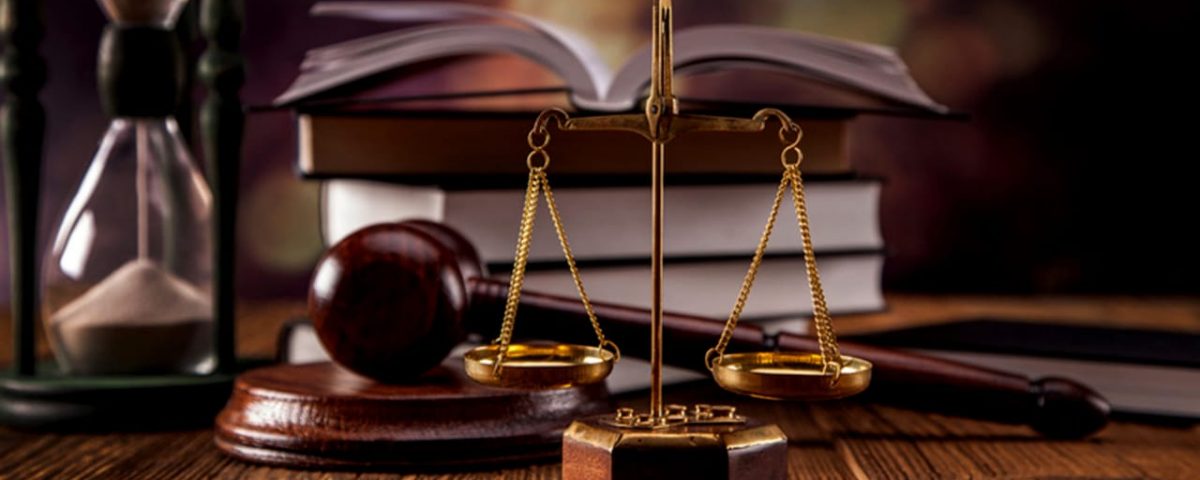- Have any questions?
- +91 94087 63089
- credolegalfirm@gmail.com
Effect of Corona Virus on Indian Legal System

Principle of Confidentiality in Arbitration Proceedings
September 16, 2020With only four hours’ notice, the Government of India imposed a nationwide lockdown to combat COVID-19, which began on March 24th, 2020 and is scheduled to end on May 17th, 2020.
The lockdown was implemented through executive orders, beginning March 24th, 2020, together with guidelines under the Disaster Management Act (DMA).
Only essential services, such as those related to security, government, food, medical supplies, and municipal cleaning, were permitted to continue operations, albeit sometimes in a curtailed manner. Inter-state and district borders were sealed. All persons, except those engaged in essential services, were mandated to stay at home and observe social distancing. Testing, quarantine and contact tracing were employed to detect and prevent further transmission of the virus. Breach of orders was criminally punishable.
In addition, state (provincial) governments issued regulations under the Epidemic Diseases Act of 1897 to further enforce the lockdown measures, including for testing, quarantine/isolation of individuals, and sealing off areas. Interestingly, the Delhi COVID-19 Regulations under the 1897 Act even provide that no information would disseminated “without prior permission of the … Government.”
Legal challenges
Invasive technology was employed to create lists of persons suspected to be infected with COVID-19. Drones were deployed to monitor compliance by quarantined individuals. Smartphone applications are being used for detection and contact-tracing. One particular application, Aarogya Setu, is now required to be downloaded by all persons employed in workplaces, which itself is open to legal challenge.
Other legal challenges include a Supreme Court ruling on health care workers’ (HCWs) lack of personal protective equipment (PPE). The Supreme Court directed the Government to provide PPE to HCWs, but did not provide for any form of compliance monitoring of its own orders.
Disparate impacts
The lockdown, with one stroke, resulted in the closure of all establishments and transport. Millions of migrant workers, dependent on daily earnings, were left with no money due to the loss their livelihoods. With no arrangements to pay for rent for their make-shift shelters, millions were forced to start marching home on foot, undertaking journeys of hundreds of miles from the major metros to their homes. Some died on the way. Some state governments directed workers to be charged criminally, returned back, or put up in temporary jails.
The central government had to issue an order dated March 29th, 2020 under the DMA directing the state governments to accommodate migrant workers and provide them food. However, the vast majority of the migrants were sheltered and fed by NGOs. In a petition to pay minimum wages, the Supreme Court directed the central government to “take such steps as it finds fit to resolve the issues raised in the petition.”
In a number of cities, migrant workers revolted. These revolts were quelled by police action. For Indian tourists, business people, and students abroad — mostly upper class individuals — planes were sent to repatriate them, all at the government’s expense. Migrant workers had no such solace. Just before the lockdown was partially lifted on May 1st, 2020, the government arranged for special trains to return migrant workers home. Initially the workers were made to pay for the train fare, but later the government stated that they would pay the fare. However, some states cancelled the trains.
These actions violate the migrant workers’ constitutional right to equality and the right to life and to move freely throughout India. In response to a petition, the Supreme Court only directed the government to place on record the proposed protocol, if any, for movement of migrant workers between states.
COVID-19 was also used to whip up communal hysteria. The press portrayed a sect of Muslims, Tablighi Jamaat, being responsible for the virus’s spread. The Government added fuel to the fire.
Domestic violence and sexual abuse of children also increased in the COVID-19 period, with no practical remedies for the survivors


